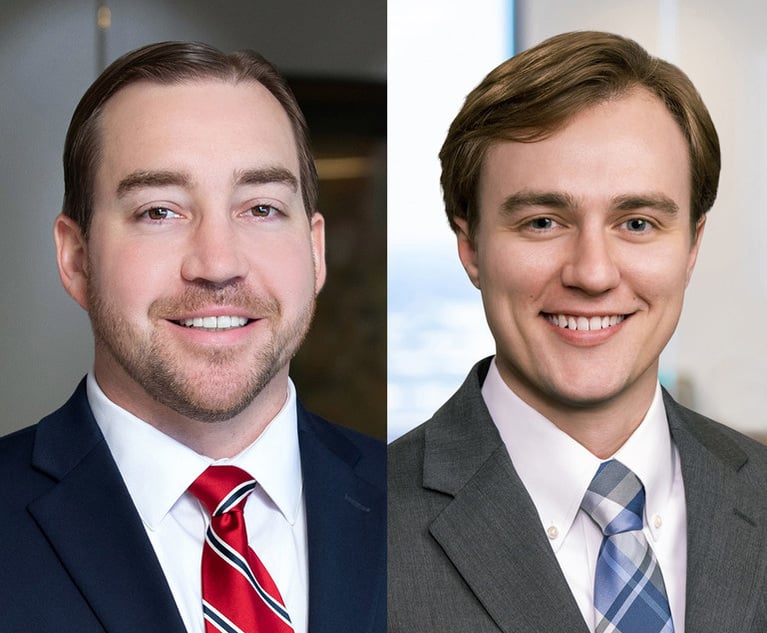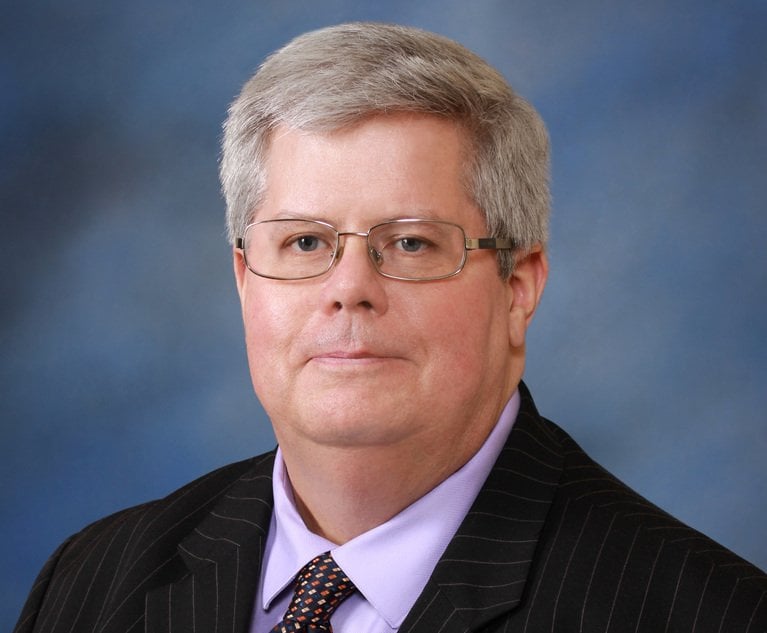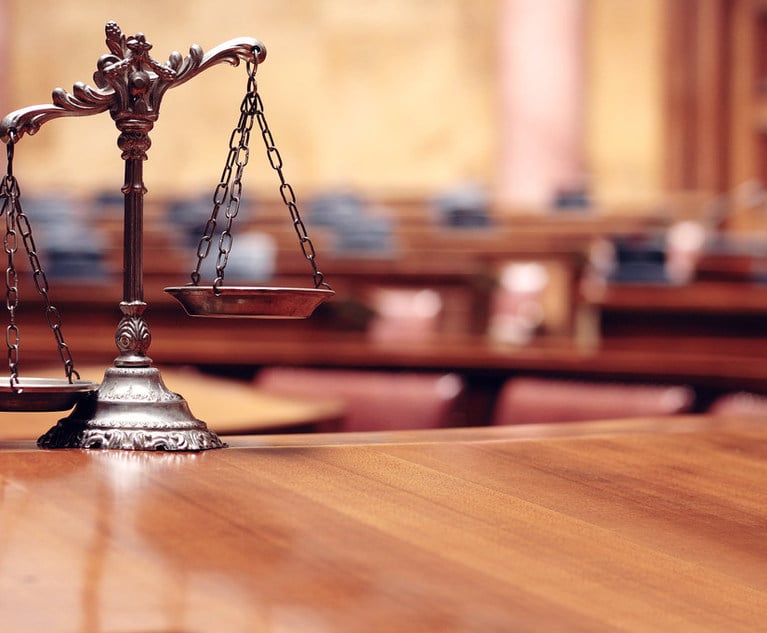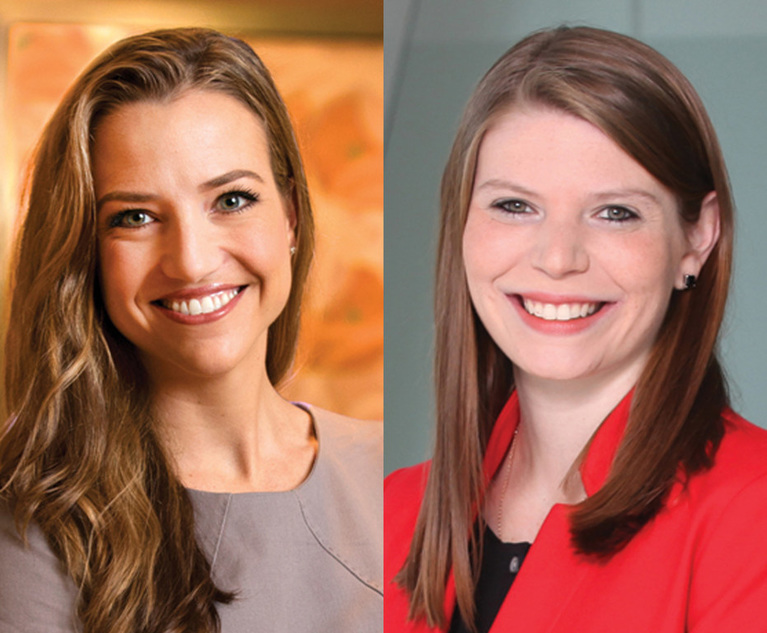Almost all cases now have expert witnesses, raising their hands and swearing to tell their versions of the truth. Experts are the most dangerous witnesses at trial because they have the unique power to opine about the outcome-determinative ultimate issues decided by jurors. In the wake of the U.S. Supreme Court’s opinion in Daubert v. Merrell Dow Pharmaceuticals in 1993, the trial attorney’s first line of defense in federal court against experts who ski out beyond the tips of their skis has been filing a motion to strike the expert. Rule 702 of the Federal Rules of Evidence figures prominently in hearings on such motions. Effective Dec. 1, 2023, an important new amendment to Federal Rule 702 may make it easier for trial lawyers to get experts struck in federal court.
Before the amendment, Rule 702 required the proponents of expert testimony to show: 1) the expert’s knowledge would help the trier of fact understand the evidence or to determine a fact in issue, 2) the testimony was based on sufficient facts or data, 3) the testimony was the product of reliable principles and methods, and 4) the expert had “reliably applied the principles and methods to the facts of the case.” Rule 702 contained no explicit burden of proof for the expert’s proponent. Most federal courts held the proponent’s Rule 702 burden was the burden articulated by the Supreme Court in the Bourjaily and Huddleston cases in 1987 and 1988 for Rule 104(a) preliminary questions—a preponderance. A minority of federal courts declined to apply a preponderance standard, and instead found questions about Rule 702’s hurdles went to the weight, and not to the admissibility of the expert’s opinions.


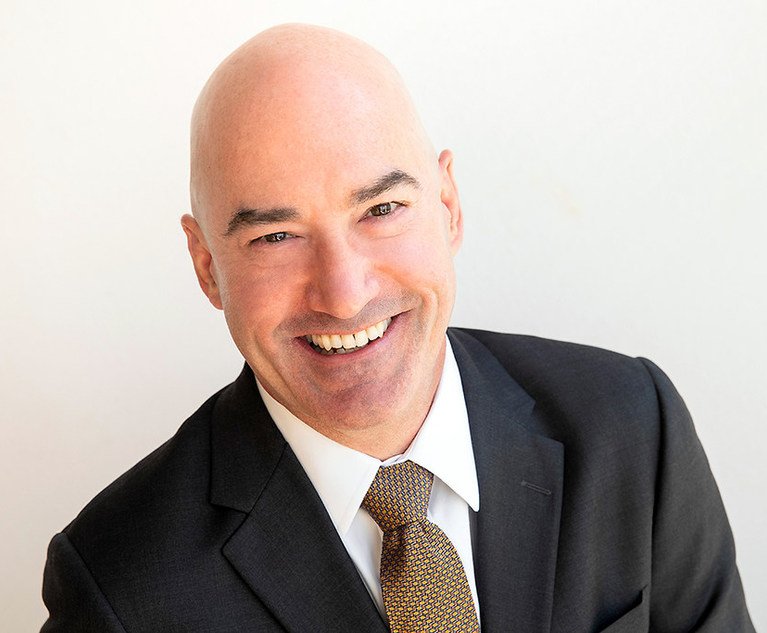 Quentin Brogdon is a personal injury trial lawyer in Dallas, Texas. Courtesy Photo
Quentin Brogdon is a personal injury trial lawyer in Dallas, Texas. Courtesy Photo
